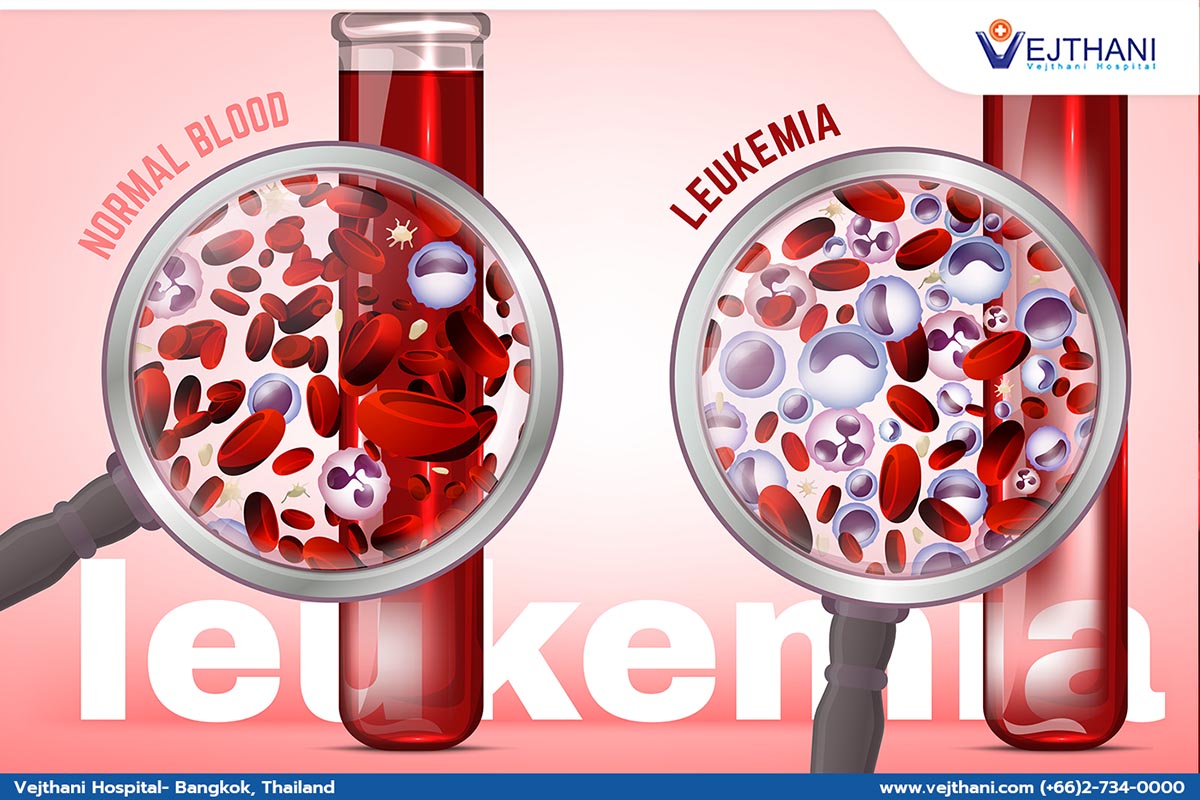
Leukemia
Overview of Leukemia
Leukemia is a type of blood cancer that has an impact on the bone marrow and the white blood cells (WBCs). It occurs when the body produces an excess of abnormal WBCs, which impairs the normal functioning of the immune system, causing various symptoms and complications. Leukemia can be classified into four main types: acute lymphoblastic (ALL), acute myeloid (AML), chronic lymphocytic (CLL), and chronic myeloid (CML). Each type has its unique characteristics, and the choice of treatment depends on the specific form of leukemia, the patient’s age, health, and individual needs.
- Chemotherapy
The most commonly used treatment for leukemia is chemotherapy, which typically involves the use of drugs to destroy cancerous cells. These drugs can be administered orally or intravenously, depending on the specific medication and the patient’s condition. Chemotherapy usually takes place in cycles, with periods of treatment followed by periods of rest to allow the body to recover. There are several types of chemotherapy drugs, and they are used on their own in combination to enhance effectiveness.
- Targeted Therapy
Targeted therapies are designed to attack specific molecular targets on the surface of leukemia cells, sparing healthy cells and leading to fewer side effects than traditional chemotherapy. These therapies can be used alone or along with other methods of treatments, such as chemotherapy or immunotherapy. Some examples of targeted therapies used in leukemia treatment include tyrosine kinase inhibitors (TKIs) for CML and B-cell receptor signaling pathway inhibitors for CLL.
- Immunotherapy
Immunotherapy harnesses the power of the patient’s immune system to fight cancer. Various immunotherapies have been developed for the treatment of leukemia, including monoclonal antibodies, immune checkpoint inhibitors, and chimeric antigen receptor (CAR) T-cell therapy. Monoclonal antibodies are laboratory-produced molecules that can target specific antigens on cancer cells, while immune checkpoint inhibitors help to unleash the full potential of the immune system by blocking inhibitory signals. CAR T-cell therapy involves the genetic modification of the patient’s T-cells to recognize and attack leukemia cells
- Radiation Therapy
Radiation therapy utilizes high-energy rays to kill cancer cells and shrink tumors. In leukemia treatment, radiation therapy is often used as a preparatory measure before a stem cell transplant or to target specific areas of the body where leukemia cells have accumulated, such as the brain or testicles. It is less commonly used as a standalone treatment for leukemia.
- The role of Bone Marrow Transplantation
Bone marrow transplantation is a procedure that replaces the patient’s bone marrow that is diseased with healthy stem cells from a donor. This treatment is typically reserved for patients with high-risk or relapsed leukemia who have not responded to other treatments. The two major types of stem cell transplants are autologous (using the patient’s own stem cells) and allogeneic (using stem cells from a donor).

Call Us
Hi! How can we help you?